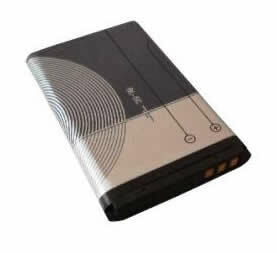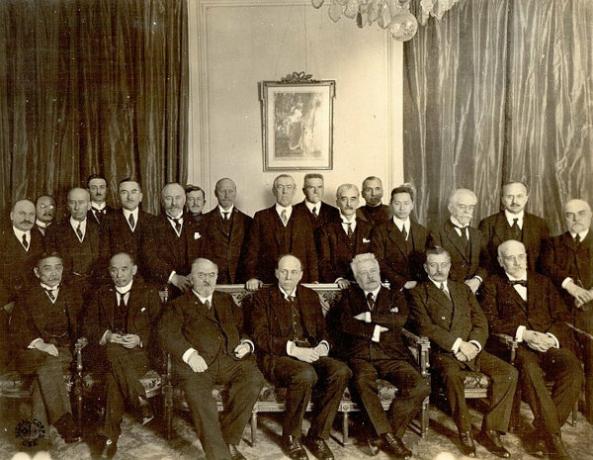Modernity has brought an increase in risks, each day household appliances or electronics and their components, including batteries, are more present in our lives and together with these magnetized products are heavy metals: mercury, lead, cadmium, manganese and nickel, which are part of the composition of many devices modern.
Rechargeable batteries currently represent around 8% of the European market for batteries. Among them, nickel-cadmium can be highlighted (Ni-Cd) due to its great representation: cell phone batteries are from Ni-Cd.
Chemical Composition of Nickel-Cadmium Batteries: they have a Cd electrode (cathode), which turns into Cd(OH)2, and another (anode) of NiO(OH), that turns into Ni(OH)2. The electrolyte is a mixture of KOH and Li(OH)2.

Cell phone batteries should not go to common waste, because when deposited in landfills, their toxic substances contaminate underground water tables.
The global volume of rechargeable batteries is growing 15% a year. In general, Brazilians change their cell phone every 18 months, packed with the latest in sophisticated devices and the encouragement of operators, who even offer phones for free.
The danger is when batteries break down and can no longer be recharged or reused, and are then discarded, having no more function for the common consumer. Telephone companies recommend that disposal be done at cell phone stores, which work as battery collection points, this material is intended for companies that promote reuse or recycling.
By Líria Alves
Graduated in Chemistry
Source: Brazil School - https://brasilescola.uol.com.br/quimica/ameaca-das-baterias-celular.htm



